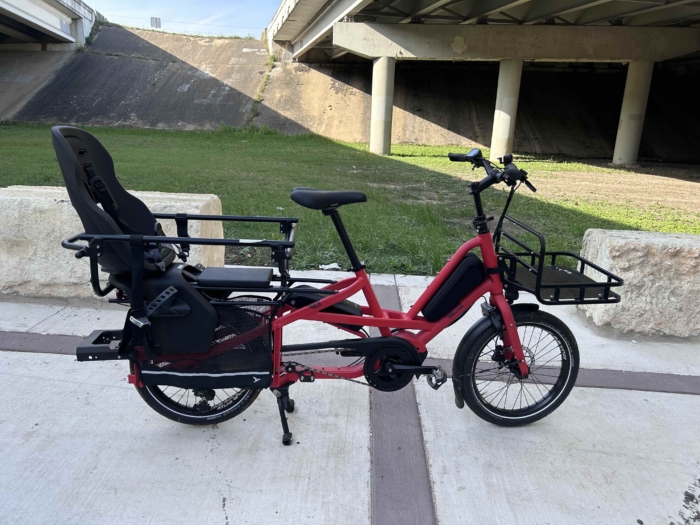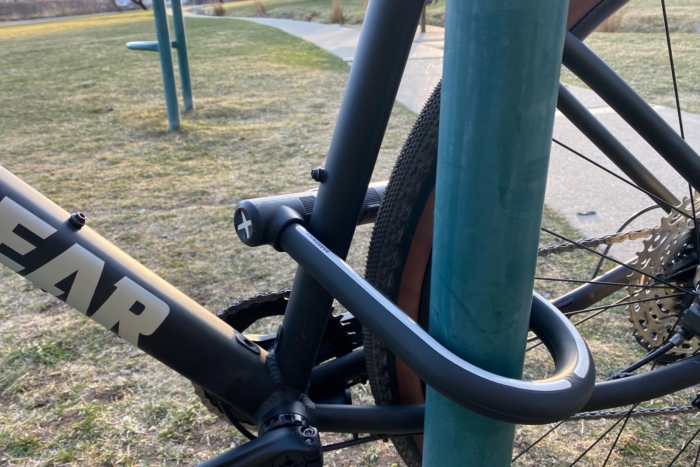Yeti introduced the SB115 as a strong contender in the new category of down-country bikes. We put the SB115 to the test for this review.
Down-country bikes, a new category of doped-up mountain bikes with cross-country geometry and nearly enduro spec, are the hot trend for 2020.
Light and fast, with short suspension and relaxed enough geometry that you can hop, drop, and rail, they’re the flip side of the coin from the megatravel 29ers that nabbed riders’ attention over the past couple of years. Without sacrificing weight, a down-country bike — like Yeti’s SB115 — has enough travel to hit most trails, without the weight penalty of a bigger bike.
Yeti SB115: A Bike That Loves to Party
Yeti’s new SB115, which we’ve been riding for the past month, is a party animal. It has a 67.6-degree head angle, particularly suited to when the party goes uphill as well as down.
The 27-pound, short-travel 29er SB115 has 115mm rear travel and 130mm front travel. It has the geometry of the brand’s BC Bike Race-winning 100mm travel 29er. More squish makes it less teeth-rattling than the SB100 and easier to maneuver in more terrain, without sacrificing speed and agility on climbs.
If you’ve followed Yeti Cycles, you know the brand likes to “Lunch Ride” models — adding more suspension to an existing bike to make it more capable in more terrain. Functionally, consider the SB115 a Lunch-Rided SB100 that doubles as a replacement for the now-discontinued SB4.5. And honestly, that SB4.5 may have been the first down-country bike, although the category didn’t exist at the time.
Think of down-country bikes as a ride with the frame, weight, and geometry of a cross-country bike. Then, sass it up with wide bars, big tires, and more suspension to help it punch above its weight class on fast, techie descents. And — this is key — all without compromising the climb.
When the SB100 launched, riders started swapping their 120mm forks for 130mm and 140mm, which inspired Yeti to take a look at the SB100 and what it could become. Though the SB100 doesn’t use the full stroke of the rear shock — many bikes don’t use their full rear travel — it wasn’t possible to just give it a longer shock stroke.
The bike also needed new pivots to keep the suspension intact, and a new link to keep the geometry efficient and lively, so the SB100 Lunch Ride became a new model instead. The bike also got new Switch Infinity hardware — a threaded version with a washer and locking nut on the inside and the same protective fender used in the SB100.
YETI SB115 Review: The Ride
The SB115 takes what Yeti learned from making big-travel 29ers and the short-travel SB100, and packing the best climbing and descending features of both into a rowdy but not ridiculous ride.
Most of the SB115 specs are consistent with the SB100. The wheelbase is 3 mm longer, as is the front center. There is a 0.2-degree head angle change. But overall, the SB115 puts you in the same attack position as the SB100. And the SB115’s front tire receives an agro 2.5 Maxxis Minion (up from a 2.3), while the handlebar goes to a very aggressive 780 mm, versus the SB100’s 760 mm.
Climbing
Whether you love uphills, or you ride them to get to the downs, this bike will take you places. No one wants to feel spent before the day’s big downhill. Because this bike is so light and efficient climbing, it helps you save energy while you’re pedaling uphill. There’s no bobbing, no need to lock the shock, just your power translated through the pedals into forward motion, even when the up is punchy, rocky, and technical.
Descending
Jumping
Yeti Signature Suspension
Weight-Specific Settings
Yeti SB115 Notes
YETI SB115 Mountain Bike: Overall Impression
Yeti SB115 Specs
- Price: Starting at $4,700
- Weight: 27 lbs. with a carbon water bottle cage (T2 size M)
- Frame material: Carbon
- Style: Down-country or All Mountain/Trail
- Travel: 115 rear, 130 front
- Groupset: T2 build tested
- Wheel size: 29 in.
- Sizes: S-XL












